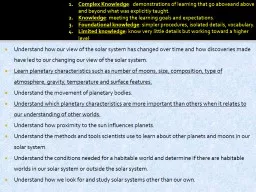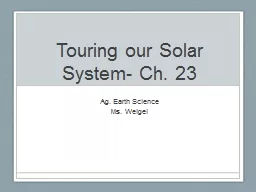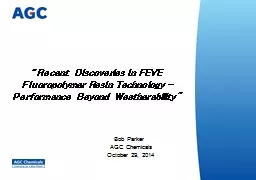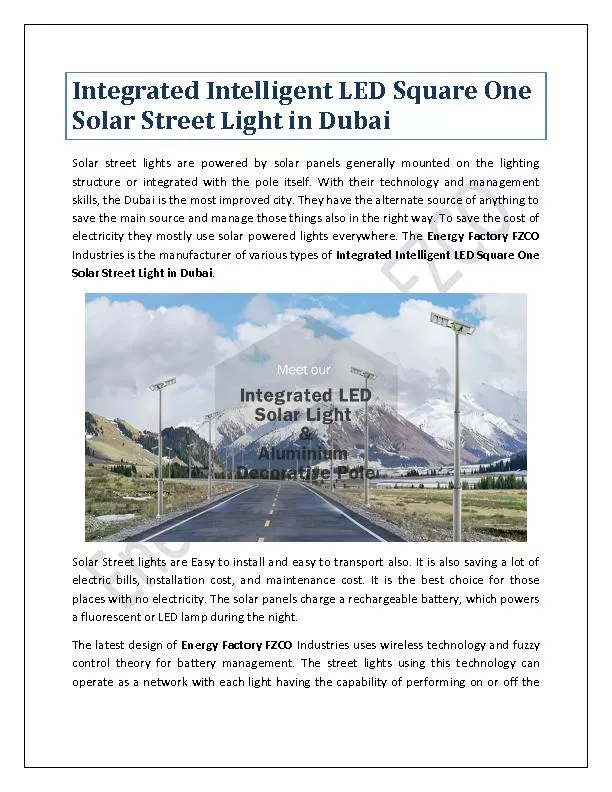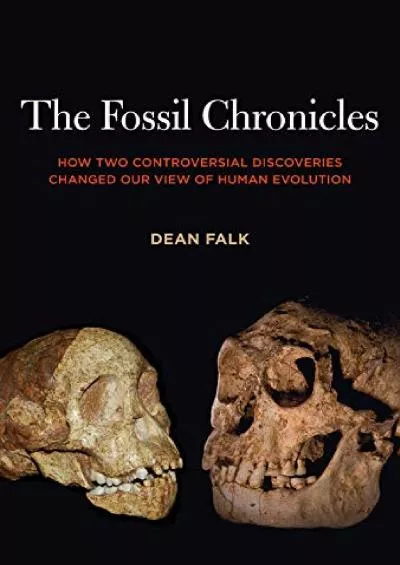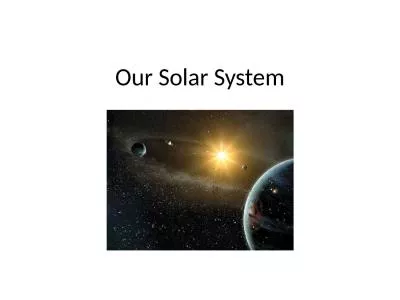PPT-Understand how our view of the solar system has changed over time and how discoveries
Author : pasty-toler | Published Date : 2020-04-06
Learn planetary characteristics such as number of moons size composition type of atmosphere gravity temperature and surface features Understand the movement of planetary
Presentation Embed Code
Download Presentation
Download Presentation The PPT/PDF document " Understand how our view of the solar sy..." is the property of its rightful owner. Permission is granted to download and print the materials on this website for personal, non-commercial use only, and to display it on your personal computer provided you do not modify the materials and that you retain all copyright notices contained in the materials. By downloading content from our website, you accept the terms of this agreement.
Understand how our view of the solar system has changed over time and how discoveries: Transcript
Download Rules Of Document
" Understand how our view of the solar system has changed over time and how discoveries"The content belongs to its owner. You may download and print it for personal use, without modification, and keep all copyright notices. By downloading, you agree to these terms.
Related Documents

